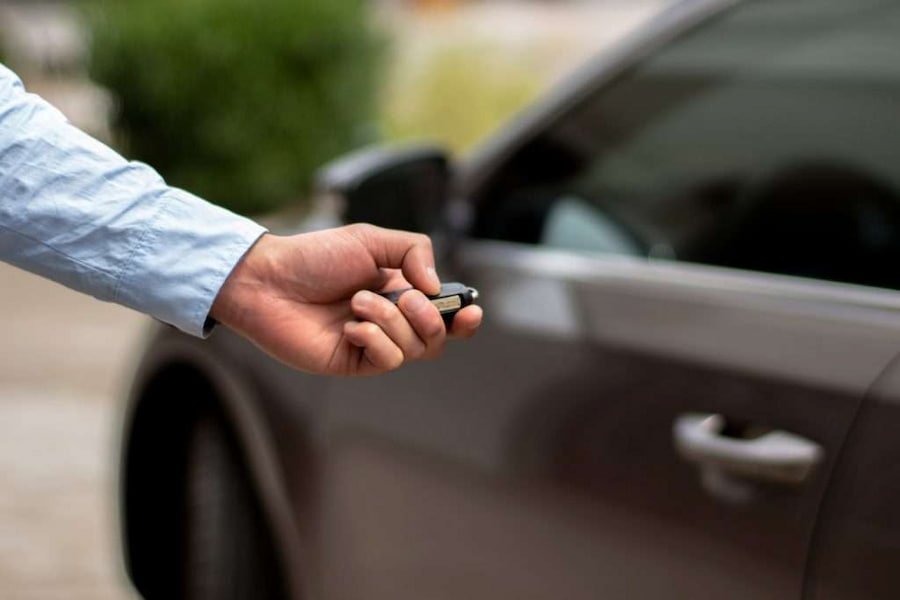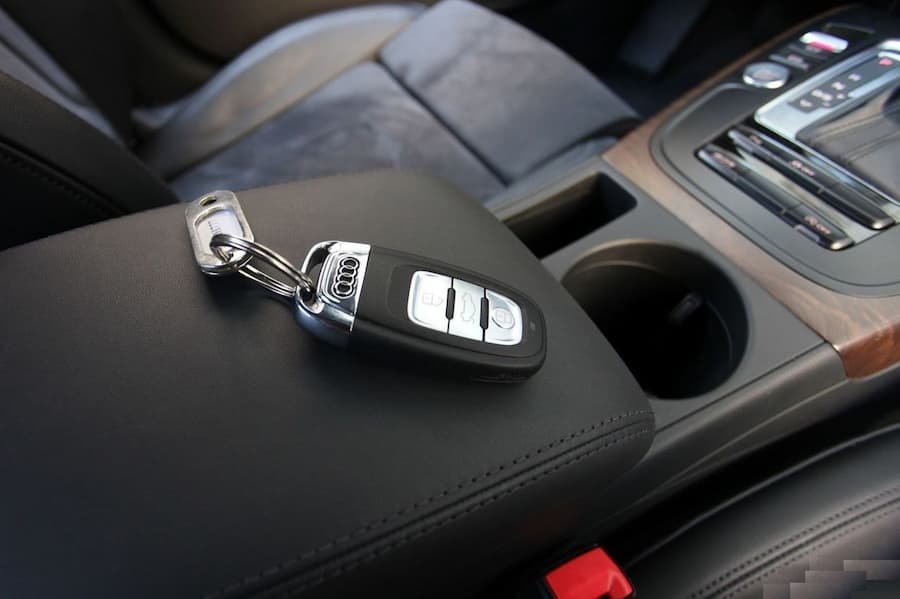An Immobiliser: What Is It?
An car immobiliser is a type of electrical security device that keeps the wrong key from starting your car. It functions by transmitting a distinct signal from the ignition switch to the engine control module (ECU) of the vehicle. The combustion engine will not start if the ECU fails to generate the proper signal. A certified Thatcham S5 tracking device that comes with the added advantage of immobilisation is the Smartrack S5+ Imob. Choose to safeguard your car with the SmarTrack S5+ iMOB, which provides the best protection, while auto theft rates are rising.
Understanding the Symptoms of Immobiliser Problems
An car immobiliser system is a crucial component of vehicle security. Preventing unauthorized utilization of your car is its primary goal. Even while these systems are really helpful, they could act strangely and cause you issues, just like any additional component of your car.
To put it another way, how could you be certain that the problem is with the car immobiliser system? How can car immobiliser issues be diagnosed? Let’s examine a few typical signs of a malfunctioning car immobiliser system:
Symptom 1: Dashboard’s Key Warning Light
The dashboard’s primary warning light is the most easily identifiable symptom. This light often indicates that the transmitter chip inside the key did not send a signal that the engine management system (ECU) of the vehicle received. The car immobiliser system will therefore prevent the vehicle from starting.
Steps for Troubleshooting:
Refer to the Manual: The meaning of various light patterns is generally explained in the vehicle’s handbook.
Reset the System: Unplugging the battery in certain cars enables you to reset the car immobiliser system.
- After disconnecting the automobile battery for around fifteen minutes, reconnect it. This occasionally causes the car immobiliser to reset.
Look up the fault codes: Check for any fault codes with an OBD-II scanner; they can point to a specific problem with the car immobiliser system.
Symptom 2: Failure To Start The Engine
One of the following abnormal behaviours by your car’s engine is another highly common sign that something is wrong with the car immobiliser system:
- The engine turns over but does not ignite
- The engine starts, however after a moment or two it shuts off.
- The engine only ever starts at random
Steps for Troubleshooting
Examine the ignition and fuel systems: Verify that the ignition system is operating and that fuel is getting to the engine.
- The presence of fuel and spark increases the likelihood that the issue is with the car immobiliser.
Ignore the Immobiliser: A temporary workaround is possible with certain older automobile models.
- To find out if this is a possibility, consult the owner’s manual or an expert.
Seek Expert Assistance: It might be essential to take the vehicle to a qualified mechanic who can identify the immobiliser system if the engine cranks but won’t start.
Symptom 3: The Ignition Key Refuses To Turn
The way the car keys work could also be a sign of a malfunctioning car immobiliser system. Suppose you attempt to turn on the car’s ignition switch, but it remains unresponsive.
Steps for Troubleshooting:
Examine the Key Battery the key fob may not be recognized if its battery is weak or dead.
Try again after changing the battery.
- Reprogram the Key: Occasionally, the key and the vehicle become out of sync.
Reconstruire the key by following the manufacturer’s instructions. Typically, this entails pressing switches on the key fob and turning the ignition off and on in order.
Symptom 4: An Issue Unlocking The Vehicle
Engine immobiliser systems and central locking systems frequently exchange certain data. This means that the motor vehicle will not start if the car immobiliser system is not informed that the car was opened using the original or a compatible key. In this situation, the issue could be with the car immobiliser system or the key transponder.
Steps for Troubleshooting
Examine the wiring Examine the wiring harness for any obvious indications of deterioration, corrosion, or loose connections.
- Examine the electrical connections and connectors close to the engine ignition system and car immobiliser control unit.
Employ a Multimeter: To make sure the immobiliser system is getting power and is communicating properly, measure the voltage at different places.
- For the correct settings, consult the wiring diagram of the vehicle.
Symptom 5: Problems With Car Locks
Like the last symptom, there’s a good probability that trying to lock the car doors won’t work if you can’t unlock the vehicle. You are unable to lock car doors because your car key fails to provide the signal that the engine control unit of the vehicle expects, which causes the central locking equipment to get inaccurate information obtained from the engine immobiliser system.

If My Car Immobiliser Is Broken, What Should I Do?
You will need to get your car inspected by a professional unless you are an extremely skilled technician with access to diagnostic instruments, sophisticated electrical knowledge, and all the necessary equipment.
You can get advice on what has to be done to replace or repair your car immobiliser from an automotive technician or your nearby dealership.
It’s usually an easy repair. Sometimes, though, the solution is straightforward and doesn’t require a basic cost. In addition to the cost of parts, labour can be highly expensive when handling electrical problems. This is the reason so many owners of older cars with immobiliser issues decide to sell their automobiles to us instead of fixing them themselves.
Final Words
Although essential for vehicle security, car immobilisers can occasionally cause issues. You may frequently fix car immobiliser difficulties on your own by being aware of the typical problems and using the preceding troubleshooting procedures. Visit Smartlyphone for more informative blogs.






